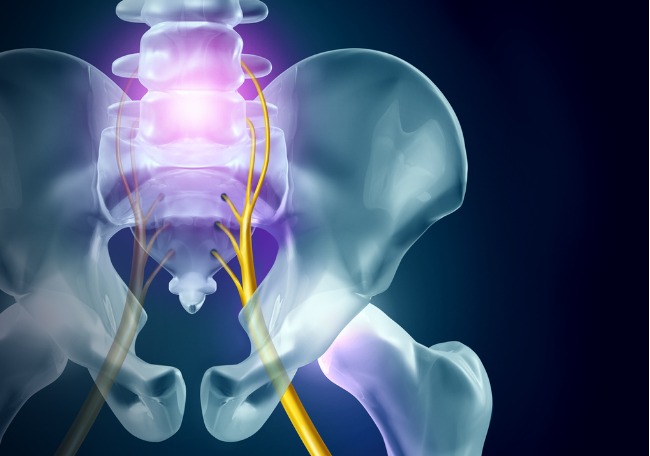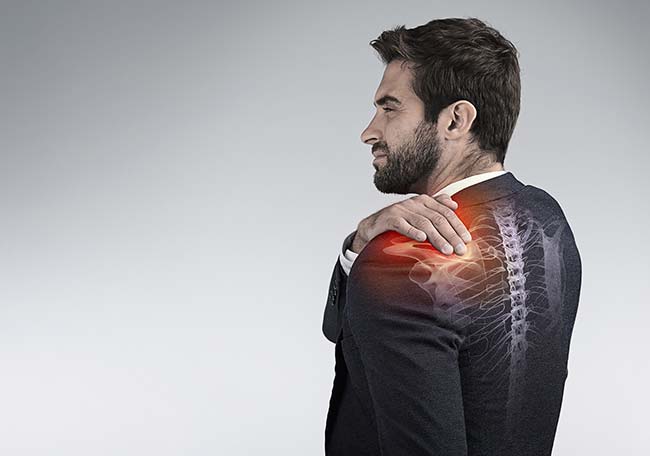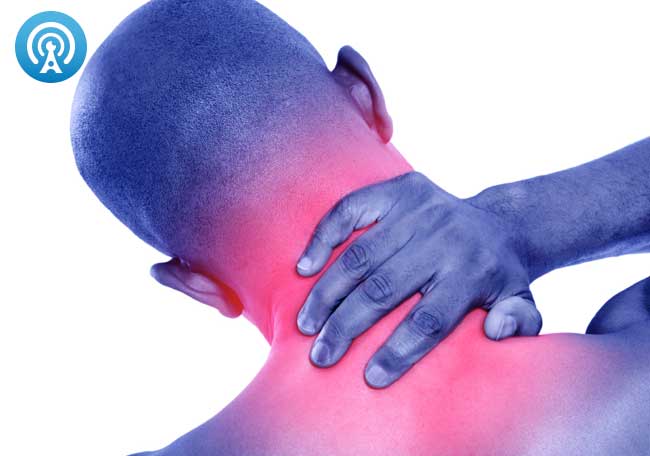Métodos no narcóticos de manejo del dolor

1. Merskey H, Bogduk N. Classification of chronic pain: descriptions of chronic pain syndromes and definitions of pain terms. 2nd ed. Seattle: IASP Press, 1994 (https://www.iasp-pain.org/ Publications
News/ Content.aspx?ItemNumber=1673).
2. Treede R-D, Rief W, Barke A, et al. Chronic pain as a symptom or a disease: the IASP Classification of Chronic Pain for the International Classification of Diseases (ICD-11). Pain 2019; 160: 19-27.
3. Cordell WH, Keene KK, Giles BK, Jones JB, Jones JH, Brizendine EJ. The high prevalence of pain in emergency medical care. Am J Emerg Med 2002; 20: 165-9.
4. Sinatra R. Causes and consequences of inadequate management of acute pain. Pain Med 2010; 11: 1859-71.
5. Kent ML, Tighe PJ, Belfer I, et al. The ACTTION-APS-AAPM Pain Taxonomy (AAAPT) multidimensional approach to classifying acute pain conditions. J Pain 2017; 18: 479-89.
6. Rice AS, Smith BH, Blyth FM. Pain and the global burden of disease. Pain 2016; 157: 791-6.
7. Ballantyne JC. The brain on opioids. Pain 2018; 159: Suppl 1: S24-S30.
8. Ballantyne JC, Bhatnagar S, Blyth F, et al. IASP statement on opioids. Washington, DC: International Association for the Study of Pain, February 2018 (http://www.iasp-pain.org/Advocacy/ Content.aspx?ItemNumber=7194).
9. Ballantyne JC, Sullivan MD. Intensity of chronic pain — the wrong metric? N Engl J Med 2015; 373: 2098-9.
10. Edwards RR, Dworkin RH, Sullivan MD, Turk DC, Wasan AD. The role of psychosocial processes in the development and maintenance of chronic pain. J Pain 2016; 17: Suppl: T70-T92.
11. Jordan KP, Sim J, Croft P, Blyth F. Pain that does not interfere with daily life — a new focus for population epidemiology and public health? Pain 2019; 160: 281-5.
12. The Interagency Pain Research Coordinating Committee. National Pain Strategy: a comprehensive population health level strategy for pain. 2018 (https://iprcc.nih.gov/sites/default/ files/HHSNational_Pain_Strategy_508C.pdf).
13. Gordon DB, Dahl JL, Miaskowski C, et al. American Pain Society recommendations for improving the quality of acute and cancer pain management: American Pain Society Quality of Care Task Force. Arch Intern Med 2005; 165: 1574-80.
14. Clinical guidelines — low back pain and sciatica in over 16s: assessment and management. London: National Institute for Health and Care Excellence, 2016.
15. Qaseem A, Wilt TJ, McLean RM, Forciea MA. Noninvasive treatments for acute, subacute, and chronic low back pain: a clinical practice guideline from the American College of Physicians. Ann Intern Med 2017; 166: 514-30.
16. Markozannes G, Aretouli E, Rintou E, et al. An umbrella review of the literature on the effectiveness of psychological interventions for pain reduction. BMC Psychol 2017; 5: 31.
17. Eccleston C, Crombez G. Advancing psychological therapies for chronic pain. F1000Res 2017; 6: 461.
18. Kamper SJ, Apeldoorn AT, Chiarotto A, et al. Multidisciplinary biopsychosocial rehabilitation for chronic low back pain. Cochrane Database Syst Rev 2014; 9: CD000963.
19. Scascighini L, Toma V, Dober-Spielmann S, Sprott H. Multidisciplinary treatment for chronic pain: a systematic review of interventions and outcomes. Rheumatology (Oxford) 2008; 47: 670-8.
20. Heiskanen T, Roine RP, Kalso E. Multidisciplinary pain treatment — which patients do benefit? Scand J Pain 2012; 3: 201-7.
21. Häuser W, Hagl M, Schmierer A, Hansen E. The efficacy, safety and applications of medical hypnosis. Dtsch Arztebl Int 2016; 113: 289-96.
22. FDA Drug Safety Communication: Prescription acetaminophen products to be limited to 325 mg per dosage unit; boxed warning will highlight potential for severe liver failure. Silver Spring, MD: Food and Drug Administration (https://www.fda.gov/drugs/drug -safety-and-availability/fda-drug-safety-communication-prescription-acetaminophen-products-be-limited-325-mg-dosage-unit).
23. FDA Drug Safety Communication: FDA has reviewed possible risks of pain medicine use during pregnancy. Silver Spring, MD: Food and Drug Administration (https://www.fda.gov/drugs/drug -safety-and-availability/fda-drug-safety-communication-fda-has-reviewed-possible-risks-pain-medicine-use-during-pregnancy).
24. Ho KY, Gwee KA, Cheng YK, Yoon KH, Hee HT, Omar AR. Nonsteroidal antiinflammatory drugs in chronic pain: implications of new data for clinical practice. J Pain Res 2018; 11: 1937-48.
25. American Society of Anesthesiologists Task Force on Acute Pain Management. Practice guidelines for acute pain management in the perioperative setting: an updated report by the American Society of Anesthesiologists Task Force on Acute Pain Management. Anesthesiology 2012; 116: 248-73.
Comentarios
Para ver los comentarios de sus colegas o para expresar su opinión debe ingresar con su cuenta de IntraMed.
















